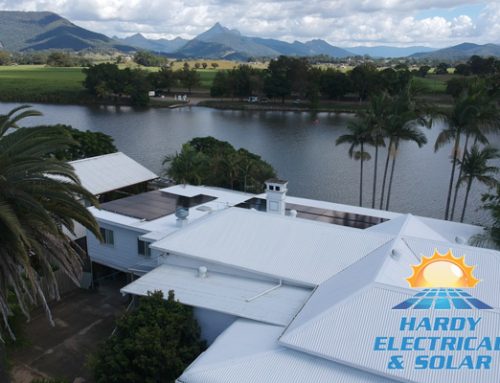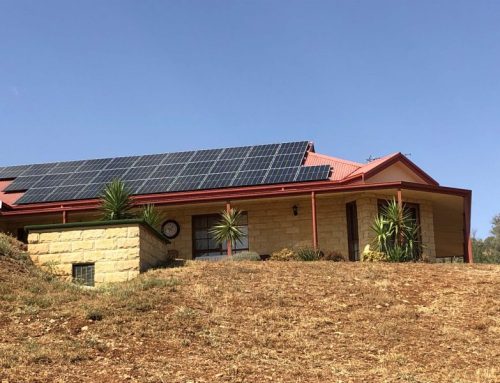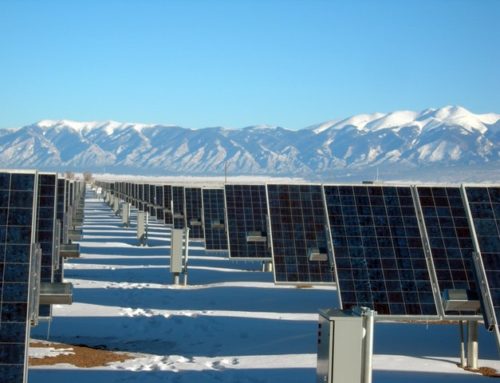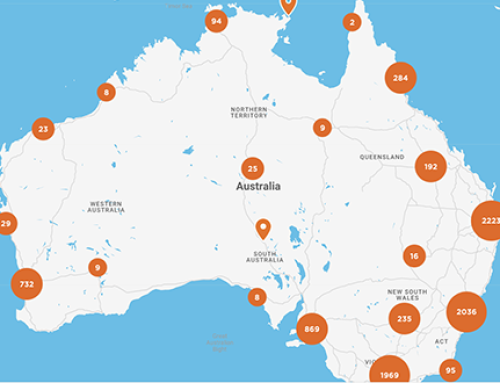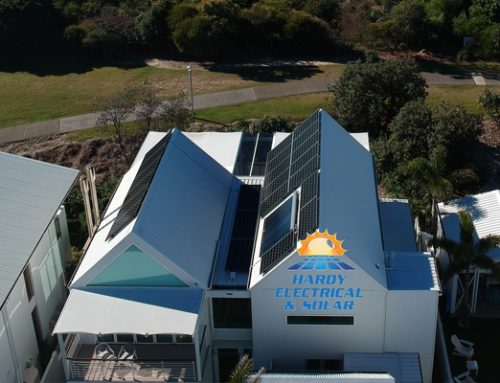How to find your average energy use
If you have looked at getting solar, you probably know that your average energy use is a pretty good way to predict savings. If you have a high average energy use, then solar is usually going to offer larger savings than if you have a low average energy use!
Fairly obvious right?
What is average energy use?
Your energy use determines both:
- What size of solar system you might need and;
- How much a solar system will save you
When we talk about average energy use, we usually mean what’s the average number of kWhs you use in a day. This is good, but to get a much better savings estimate, we also need to know the ‘shape’ of your energy use.
The shape of energy use
If you’re a home owner, and you’re looking at solar for your home, your energy use shape is probably not the best for solar. That doesn’t mean it’s not worth doing! But if you’re out all day Monday to Friday and home Saturday and Sunday then your energy use shape (during the week at least) will be almost opposite to solar. Thanks to feed in tariffs, we can still save a lot on our power bills!
What about batteries?
Batteries can help you ‘store the solar energy’ and use it later when the sun doesn’t shine. But batteries are still quite expensive, so compared to how much you will save, the investment may not be worth it for you.
Example – energy use and solar savings
Imagine, the perfect (energy) world for your home.
You use an average of 20kWh each day, and whenever you use energy, your solar system produces exactly the amount of energy you need.
If you pay $0.25/kWh for energy, this means you normally spend 20 x $0.25 / day = $5 / day on power. But since your solar is so effective, you will save 100% of that energy ie. $5 / day!
In reality, your solar doesn’t exactly match your usage.
It will be some percentage of the total solar produced. For example, your solar system may generate exactly 20kWh, but only 10kWh when you are using energy. This means you save just $2.50 / day PLUS any export (feed in tariff) for the remaining 10kWh / day. This could be as high as $0.20 x 10 = $2.00. Totalling $4.50 / day.
As you can see, the rate that your energy retailer offers you for a feed-in tariff matters!
Need Help? Talk to us today 1300 748 948


